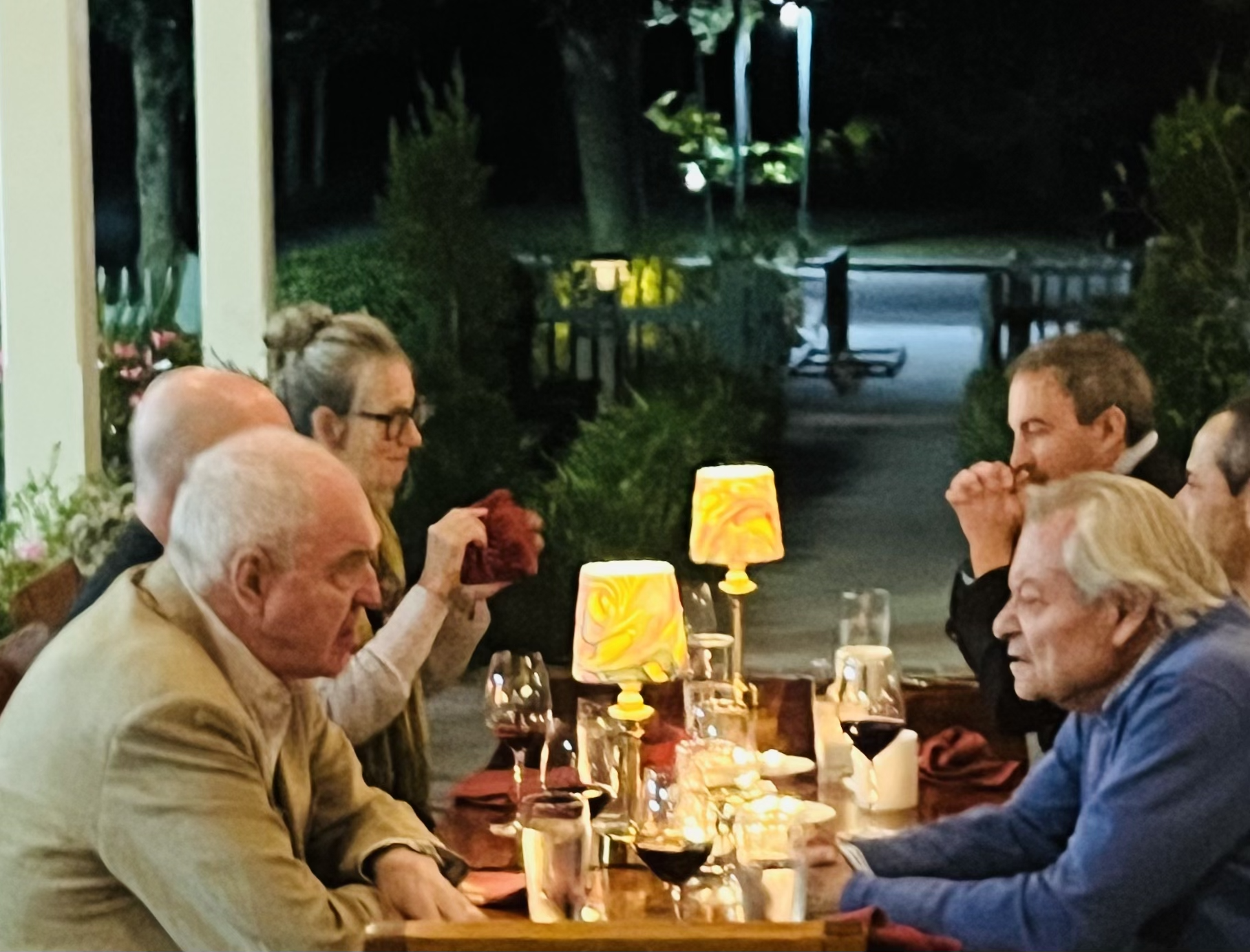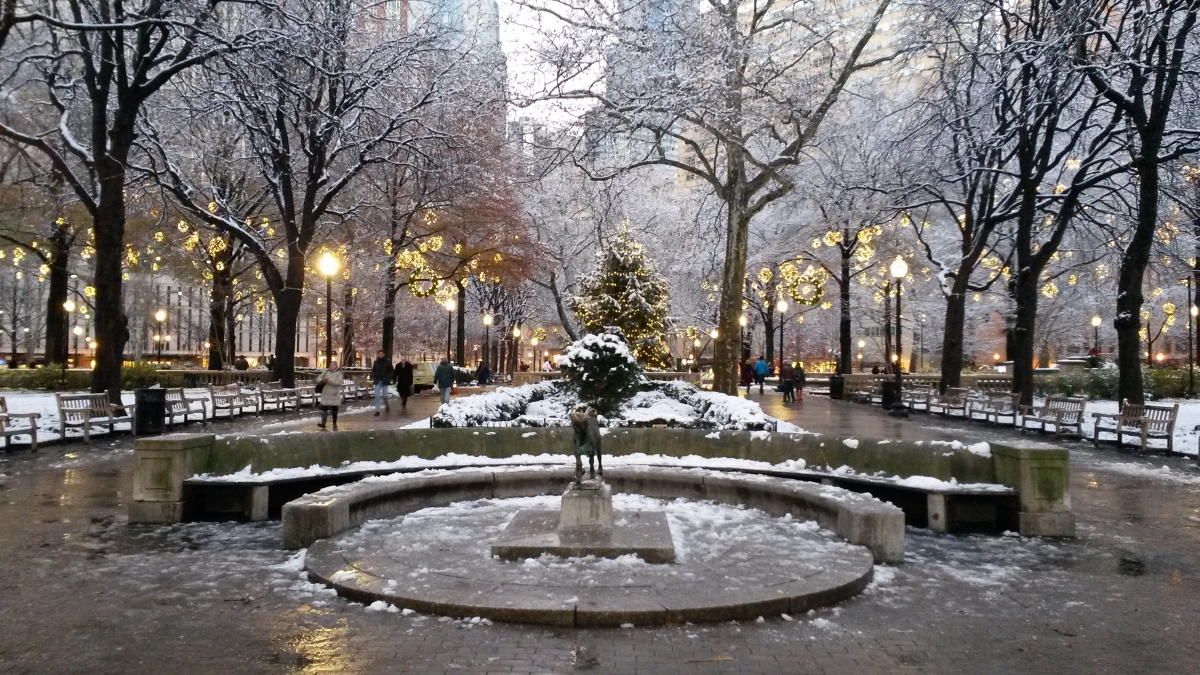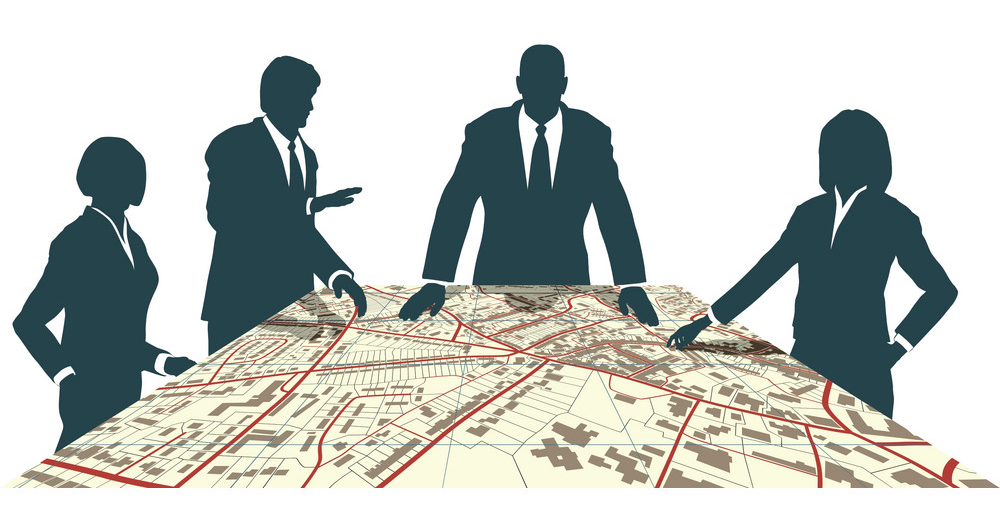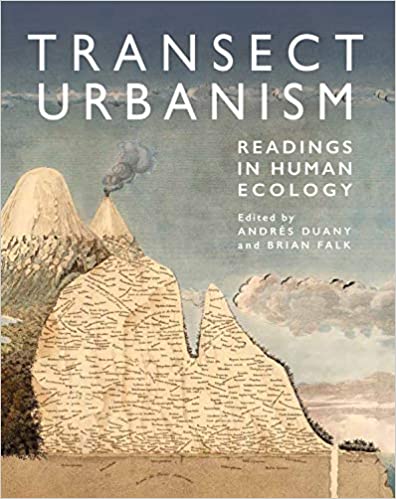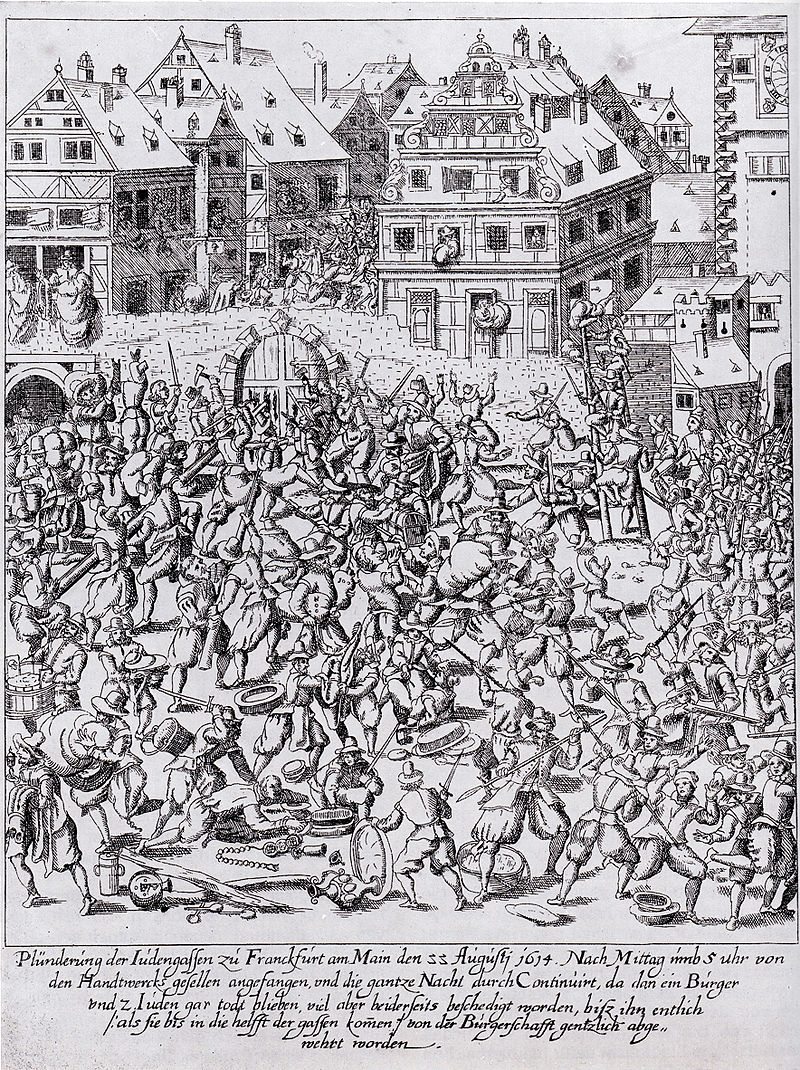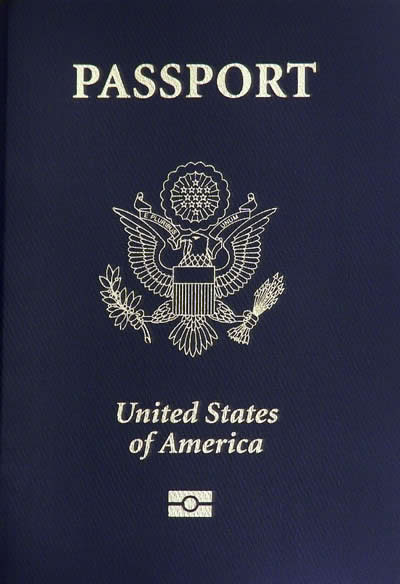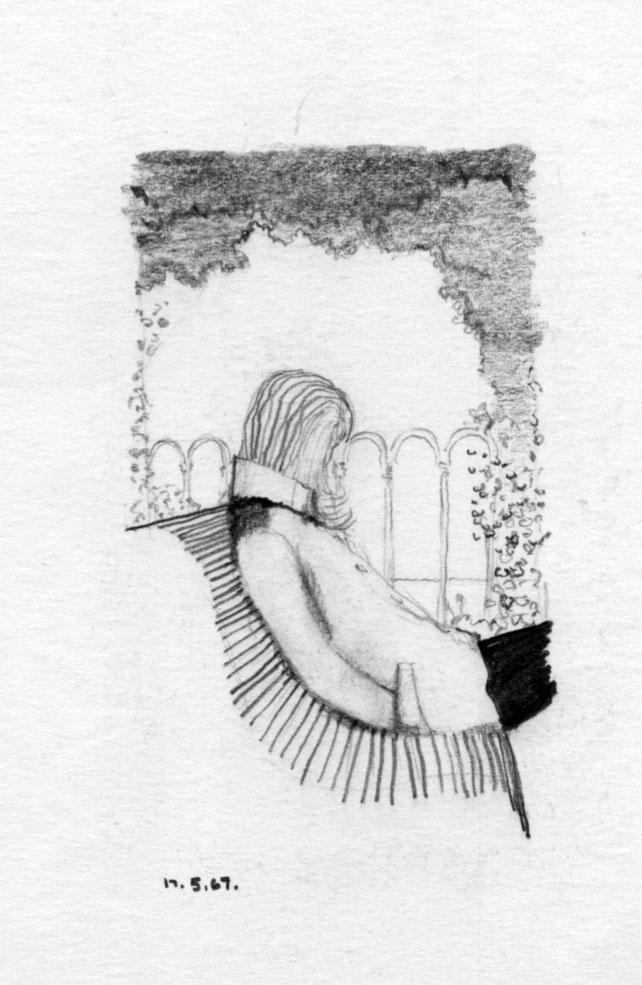ORDER WITHOUT DESIGN
Last summer I ran into Alain Bertaud in Charleston (above). We had first met in India, when he was at the World Bank and I was at McGill Uiversity, working on a research project with B.V. Doshi’s Vastu Shilpa Foundation. I had not seen Alain in the intervening forty years yet our conversation effortlessly picked up where it left off. We were both architects who had been drawn to urbanism, which is not that unusual, but we also shared the rarer experience of being exposed to urban economists, and learning to see city planning through their eyes. Alain describes his experience in Order without Design: How Markets Shape Cities (MIT Press,

